“Winter isn’t fun until you learn to play in the snow.” For years Stephanie had lamented the cold bitter winds and cabin fever that accompanied winter. It wasn’t until I shared my love for snow skiing during our first year in South Korea that she started to be on board with this frigid season. I, like many other expats living in South Korea (now including Stephanie), enjoy skiing and was interested in going to Korean Ski Resorts once I moved to this mountainous country.
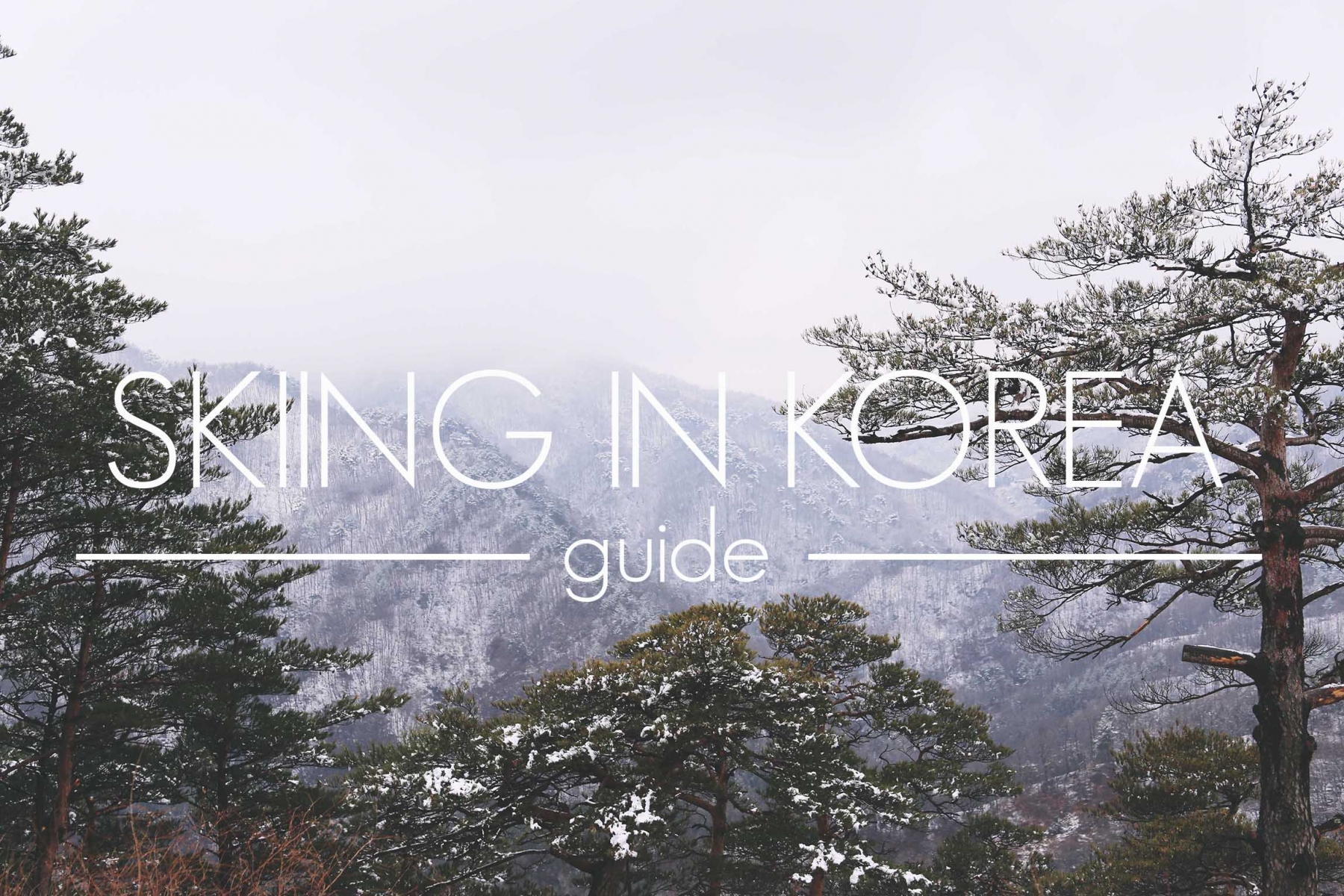
We were lucky our first year to be invited on a few ski trips with Korean friends of ours, but for non-Koreans, it’s not so simple to go skiing in Korea. Since information is varied and sometimes confusing about snow skiing in South Korea, we thought we’d make a Starter Guide to help people who want to go skiing but don’t know how or where to start.
Korean Ski Resorts

We haven’t been to all of the resorts South Korea has to offer, but we will share some of the more popular ones. While many foreigners will find Korean mountains to be far smaller than the ones you grew up on, for a reasonable price you can fill that empty part of your soul that craves the ski slopes. Yes, the runs are shorter and you’ll spend more time on the lift than actually skiing if you like to go fast (like I do) but it’s absolutely worth it and a great place to learn if you’ve never been before and want to give it a try!
High 1 Resort
One of the newest and most fashionable ski resorts in Korea, High 1 is understandably popular. With this popularity comes crowds in high season, but there are ways to avoid the masses if you’re wanting a more serene skiing experience. We have returned to this resort a few times and very much enjoy their slopes. High 1 has a nice selection of runs and their facilities are very nice. We recommend High 1 for anyone of any skill, as it is really a “has everything” type of ski resort.
Yongpyong Resort
Stephanie’s first time to ever strap on boots and attempt snow skiing was at Yongpyong Resort and she lived! This resort is one of Korea’s oldest and most well-known ski resorts and has some of the longest runs you’ll find in South Korea. While Yongpyong’s age might seem to be at a disadvantage, we didn’t find signs of its age anywhere during our two trips. Well maintained and updated, this resort is another excellent choice for anyone wanting to get some turns in. Yongpyong is probably my favorite resort we’ve been to, but for reasons I can’t fully articulate. It was a very enjoyable skiing experience and had some more difficult runs which I loved.
Muju Deokyusan Resort
For people living in the southern provinces of South Korea, Muju is probably the only option without making a long trek up to Gangwon-do. The southern half of South Korea has much less snow, on average, than Geonggi-do and Gangwon-do and Muju stands as the only real option for people unable to make it up to the larger resorts in the northern Taebaek Mountains and provinces. Muju is the smallest of these three suggestions, but still boasts some long runs like their Silk Road Slope with 6.1km of downhill!
Travel
Getting to these resorts can be tricky for people outside of Seoul, but each resort has several options. Clicking around on the resort websites shows multiple bus options for all of the resorts if you’re bound to public transportation. The Purple Ski Bus website shows several options, but most of these will be centered on Seoul and Incheon Airport. We have driven ourselves recently, but we used the buses before and had no problems getting to the slopes in a timely fashion. To maximize your time, an early bus out of Seoul and a late bus back can also mean a full day of skiing without having to pay for accommodation if you’re just wanting one day on the slopes!
It is also possible to get to many resorts by train, then taking a taxi from the train station. Look at the Korail Booking Site to book tickets on Korea’s trains. Look up the station near your resort and it’s likely you could get very close by rail.
Gear

Korean ski resorts understand that many people do not own the proper clothing or equipment for snow skiing. All of these resorts are fully stocked with equipment and clothing rental shops where you can find everything you need. Generally the boots and skis are rented at the same time as your lift ticket, but the clothes are a different store, typically very near the equipment rentals. Warm socks, hats, gloves, and goggles are often for sale instead of rent, but we found these items to be reasonably priced and we’ve been able to reuse them multiple times. As a large (6’6″ tall, or 2m) man by Korean standards, I’ve never had an issue with the rental shop having clothes that fit me, as they are prepared for foreign travelers, but the boots can be a small issue. My shoe size (US13) is a little bit of a problem since the maximum size of boots I’ve seen were a 305mm (US11.5~12) but I wore thin ski socks and crammed in. A day of skiing is worth a bit of foot cramping in my opinion. Aside from the rental shops inside the resort (obviously the easiest option) there are also many independent shops outside of the resort which sometimes have cheaper prices and different sizes. These indie shops are also generally willing to shuttle you to the resort after you rent your gear and will let you drop if off with them in the parking lot at the end of your day. Make sure to write down their phone number and time for drop offs if you go this route. We’ve used both (independent shops when given discounts through our pension) and were pleased with both.
Accommodations
The most difficult part of going skiing for multiple days in Korea, for someone not speaking Korean, is in booking a hotel or pension. You will notice on the resort websites that you can fairly easily rent a room at the resort itself, but this is often your most expensive option. Yongpyong does have a “Youth Hostel” (that is basically for anyone of any age) which is very affordable with multiple people. Options like these are almost always floor beds unless you shell out the cash for a full hotel room. On the upside, many of these budget-friendly options provide discounts for gear rentals and/or lift tickets for guests, which is a very appealing perk for anyone wanting to ski for a couple days without breaking the bank. Pensions and hotels not affiliated with the resort are also alluring options and sometimes have discount perks for guests for rentals through certain shops they partner up with. Pensions and hotels outside of the resort are, however, more difficult to reserve if you don’t speak Korean or use Korean search engines to find lodging, but we’ve been successful a couple times and feel confident in recommending this route, especially for large groups (6+) for the size of the rooms. Airbnb is also an option, but we haven’t seen any listings that would be possible for anyone using public transportation.
(change your language setting at the top of the page for Agoda.com links)
Tips & Tricks

- High season for Korean Ski Resorts is basically any time there is snow on the ground. The only way we’ve found around these sometimes massive crowds is by skiing during the middle of the week. We enjoyed almost deserted ski slopes for two days!
- Empty slopes can also be had by night skiing. Most families avoid this option, so crowds are generally much smaller if you buy a lift ticket for the night hours.
- Buy gloves from the truck stop on the way to the resort instead of the gear shop. Much cheaper and only slightly lower quality. For most of us these aren’t forever gloves, so they don’t need to be great.
- When buying lift tickets and renting gear (again- bought together as a package), foreign residents in Korea can get huge discounts by showing their Alien Registration Card while making the purchase. Resident status can result in huge discounts. At High 1 they gave us a High 1 Resort membership card for free once we told them that we were residents, but this resulted in a 50% discount on lift tickets. The ticket salesperson was nice enough to notice our Korean bank card and realize that we must be residents, but don’t expect it. That being said…
- Bank Affiliations exist in Korea and having the right bank card can score major discounts. Check price charts for bank affiliations before you pay and you might find out that your bank card gets you a decent price reduction. We’ve had this happen at several resorts and water parks.
- Some resorts have jjimjilbangs (Korean style spas) where you could stay overnight for a fraction of the cost of any other type of room. Bonus for their hot tubs and saunas after a day in the cold!
- Remember an identification card of some sort. You’ll need to leave it as collateral when you rent your equipment AND clothing. Often you’ll be able to leave one ID for a group. Phones often work as collateral if everyone forgets their IDs, like we once did.
- Look for rental and lift ticket discounts when you’re booking a room. We’ve found several times that a more expensive room ends up evening out with the discounts provided by the hotel. Plus, more comfortable room!



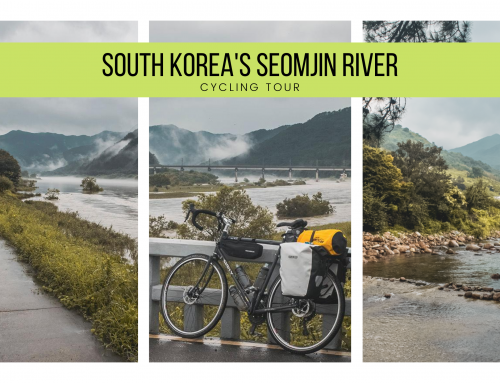
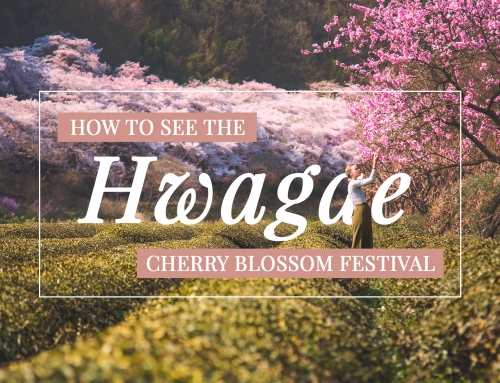
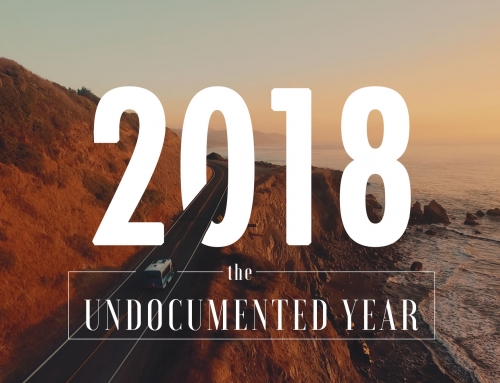


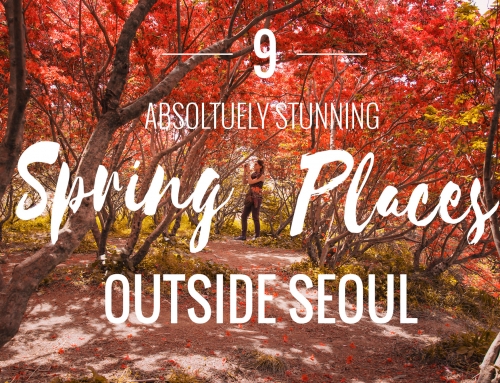
Woohoo! We actually ended up booking a snowboarding trip this weekend to Elysian Gangchon in Gapyeong, mostly because Yongpyong’s accommodation was booked up due to the holiday and we could enjoy some of that savory Dak Galbi in Chucheon. It looks like a smaller resort, so we will see how it goes! Perhaps we can still plan a trip to Muju this winter! 😀
Last year it was just deserted when we went. If it is too crazy, I guess night skiing is always an option. Hope you guys have a blast!
[…] […]
[…] GUIDE TO SKIING IN SOUTH KOREA […]
Do you remember which locations had the size 12 boots for rent? My husband wears a US13 as well. Thanks!
Every resort we have been to have had boots large enough for Ryan. His feet are wide too though, so the boots were a tight fit, but they worked!
[…] A Guide to Skiing in South Korea […]